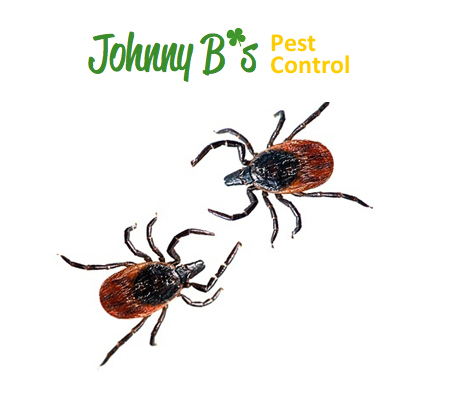You likely already know that rates of lyme disease are highest in the northeast region of the United States. There are plenty of factors that make residents of the northeastern US more vulnerable to the spread of lyme disease. Among these many factors is the existence of invasive barberry plants, which are common in the northeastern US. Many experts believe that killing deer will slow the spread of lyme disease, which may be true, but now researchers seem certain that barberry vegetation makes black legged tick populations larger. As a result of this recent finding many experts believe that barberry should be removed from forests and other environments in the northeast US.
A recently concluded long-term study published in the academic journal entitled Environmental Entomology has shown that regions rich in barberry plants are also more populated with blacklegged ticks. The removal of barberry plants from wooded areas could decrease the number of people who fall victim to lyme disease in the northeastern US. The nine year study showed that barberry plants, if managed properly, can have a negative impact on tick populations. However, the researchers noted that barberry plants must be removed every five years in order to avoid a rebound effect. During the later part of the study, tick populations exploded in regions where barberry growth went unmanaged for five years.
The growth of barberry plants creates a humid microclimate that favors tick survival. This humid microclimate increases questing time, which means that ticks are more likely to find blood meals, and therefore ticks will survive to reproduce in regions where barberry is abundant. The researchers noted that barberry-abundant regions were more humid than regions without barberry growth. In regions where barberry had been removed in order to reduce humidity to normal levels, tick populations clearly decreased.
Do you think that removing barberry plants from wooded areas in the northeast US would result in smaller tick populations, thus decreasing the transmission rate of lyme disease? Should removing barberry take priority over killing deer when it comes to lyme disease prevention?

